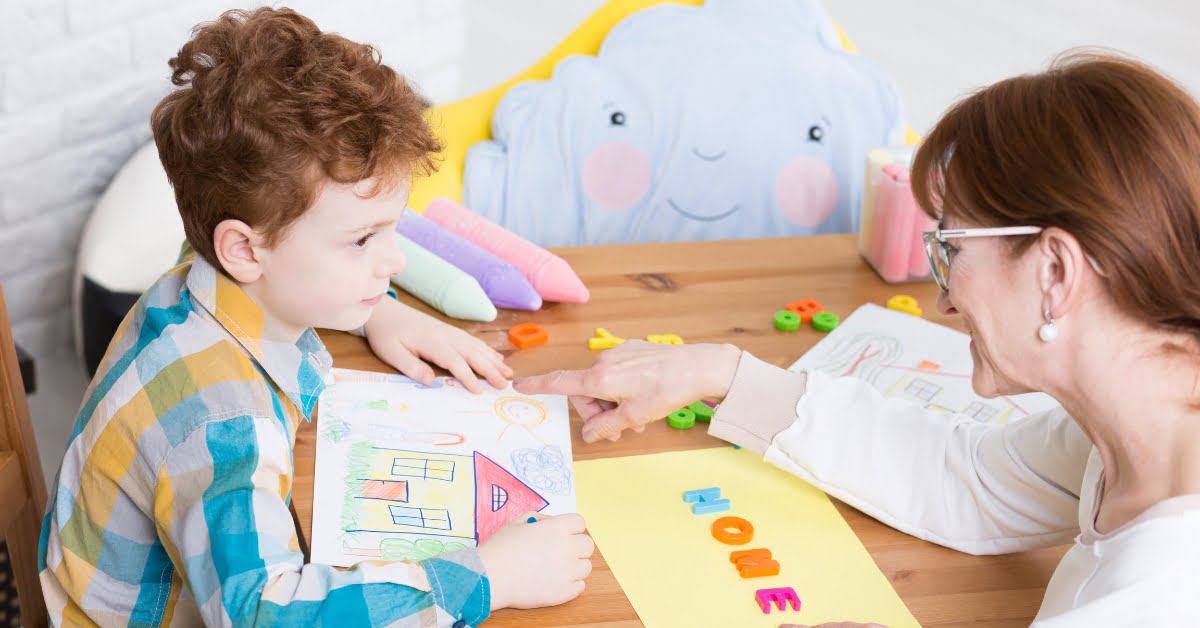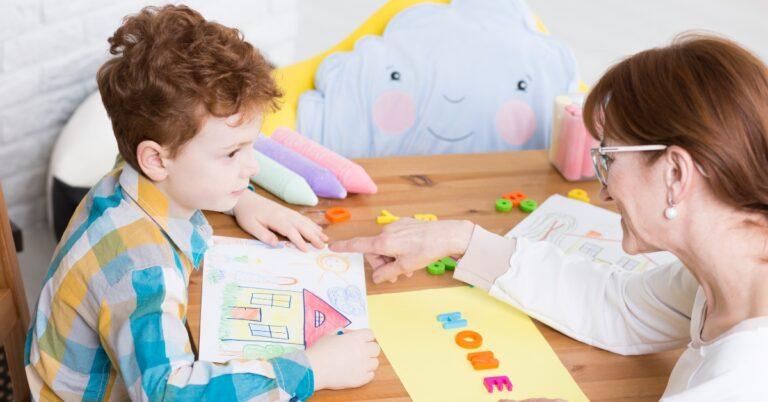Learn the ABC’s of Verbal Behavior
Let’s have a chat about communication!
But not just any chat – because the world of verbal behavior is so much more than just speaking aloud. Verbal behavior includes a range of ways we convey messages, from speaking and signing to using pictures, pointing, writing, typing, and even gesturing. It also encompasses behaviors like crying or displaying challenging behaviors to get attention, escape tasks, or access desired items. So that subtle eye roll you get when you ask your child to put away their gadgets? Yep, that’s verbal behavior too.
Understanding the different aspects of verbal behavior and categorizing them is crucial when helping someone expand their communication skills. Applied Behavior Analysis (ABA) employs the verbal behavior approach to enhance functional language use. This means we view language as a behavior that can be shaped and reinforced, while also understanding the reasons behind a person’s communication.
Let’s dive into the functions of behavior – Sensory, Escape, Attention, and Tangibles (SEAT). Sensory behaviors are those that feel good when done, like scratching an itch. Escape behaviors let us avoid unwanted tasks, much like hiding under the covers when you’re not ready for the day. Attention-seeking behaviors are sometimes obvious, sometimes subtle, just like that strategic subtweet to catch someone’s attention. Lastly, we have tangibles – the things we work for or compete over, just like kids fighting over toys.
Now, think about the person in your life with communication challenges. It can be disheartening if milestones aren’t reached as expected, whether you’re a parent, a caregiver, or someone who’s experienced these differences. But don’t let that overshadow the potential. Every individual has strengths. What truly matters is ensuring that they can communicate effectively in their unique way, whether it involves gestures, signs, vocal approximations, or even that all-knowing side-eye.
What are the ABCs of Verbal Behavior?
Now, let’s break down the ABCs – not the song, but the Antecedents, Behaviors, and Consequences of verbal behavior.
- Antecedent: What happens before the behavior.
- Behavior: The response that follows the antecedent.
- Consequence: What comes immediately after the behavior.
In the verbal behavior approach, we focus on the function behind the behavior. To do this, we dissect it into these three components. Consider this example:
Antecedent: Mom asks Johnny to hang up his coat.
Behavior: Johnny throws himself to the floor and flails around.
Consequence: Mom turns on the TV for Johnny and hangs up the coat herself.
Even without spoken words, Johnny communicated his feelings about hanging up the coat.
Using the verbal behavior model, we home in on specific technical types: mands, listener responding, echoics, tacts, and intraverbals.
- Mands are requests, like demands or commands. We use mands to ask for items, information, or attention. Teaching mands usually comes first, as it helps decrease unwanted behaviors.
- Listener responding involves following directions or identifying things. For instance, when you point to my keys upon my frantic search.
- Tacts involve labeling things we sense – see, hear, smell, taste, or touch. It’s like identifying emotions, objects, actions, and more.
- Echoics are vocal imitations. When you mimic my “cheese” for a picture, you’re using an echoic prompt.
- Intraverbals are exchanges between people, such as completing a sentence or answering a question.
Remember, verbal behavior isn’t limited to speaking. If you point to a star when I sing “Twinkle, twinkle,” that’s still an intraverbal. Our aim is to empower communication in any form possible. By grasping the ABCs of verbal behavior, identifying the function, and modeling effective communication, we create a powerful impact.
And, oh, don’t forget to reinforce communication! When your child attempts to communicate, even if it’s not perfect, celebrate and reinforce. The more they realize their efforts yield results, the more they’ll communicate in meaningful ways. So, if your little one asks for bubbles with a “bub,” blow all the bubbles, and encourage their journey toward effective communication. Just remember, your role as a supportive parent is an incredible catalyst for their success.






